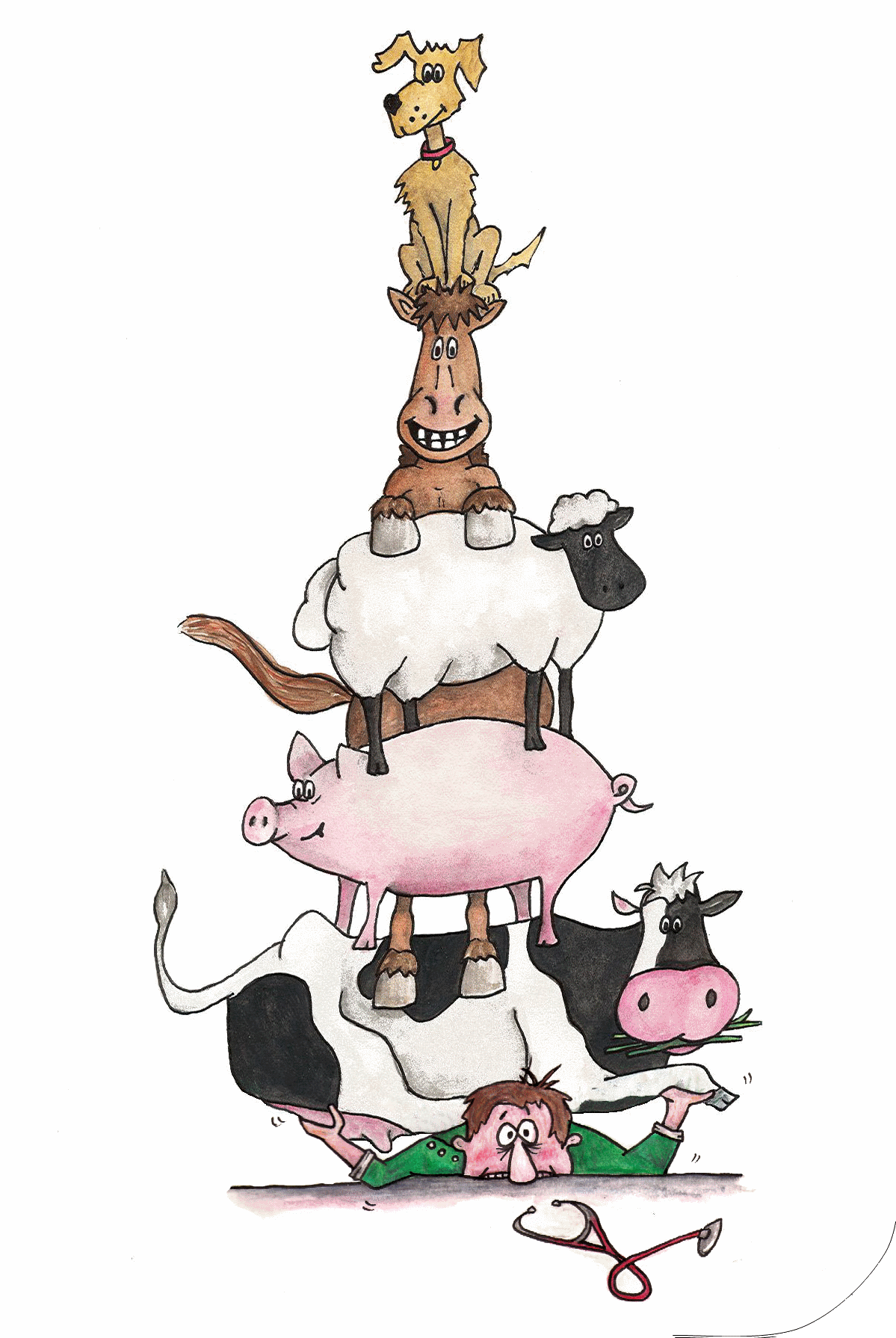A total of 306 sets of records were submitted from 3120 horses in mainly private ownership, with a balance of representation from competition yards, riding schools, welfare charities and studs. A broad range of syndromes and diseases were assessed including colic, sarcoids, laminitis, wounds, dental issues, eye disease, lameness and weight issues.
The results showed that lameness was the most common problem affecting horses (11% of horses surveyed) but that the foot was not the most common cause of lameness and that laminitis (3%) was less common than the 7-8% total that previous surveys had suggested.
Weight management was the next most common issue for horse owners, with 9% of horses recorded as overweight and 8% as underweight. These figures are lower than previous surveys which may be because they are based on the owner’s assessment of their horse’s weight which is subjective and may vary according to their perception of ‘the right weight’.
Skin disease and wounds (5% and 4% respectively) posed a significant problem and colic (2%) was also a common occurrence, with a 6:1 ratio between medical and surgical cases.
The survey is breaking new ground in Europe as well as the UK. Currently Government agencies in all European countries conduct surveillance for prescribed exotic diseases such as West Nile Virus and African Horse Sickness but currently there are no large scale surveillance programmes for endemic diseases.
“The regular collection of such data holds numerous benefits to the UK equine industry,” said Professor Slater. “Not only does the survey provide a benchmarking facility for equine disease, welfare, standards of care and codes of practice but it will also underpin standards for yard inspection schemes. Not least it confirms the workability of an important template to monitor the serious threat of infectious and exotic disease in the future.”
He added: “It’s exciting to see hints in the NEHS 2010 survey that data 'straight from the horse's mouth' might challenge some established ideas. For example; the survey found that lameness was common, as you would expect, but that the foot was not the most common cause of lameness, which you might not have expected. This kind of data has never been collected before and is invaluable to the veterinary profession and wider animal welfare industry, helping to inform our future research, training and education. It will be really exciting to see the results of the larger surveys The Blue Cross are running in 2011."
The National Equine Health Survey is currently funded by The Blue Cross but sponsorship is being sought. It is to be conducted twice-yearly with the next census week planned for 9-15 May 2011. All keepers and owners of horses are urged to participate and details of all horse owners will remain anonymous. It’s very quick and easy to complete and should only take around five minutes. To register online visit www.bluecross.org.uk/NEHS or email NEHS@bluecross.org.uk.




